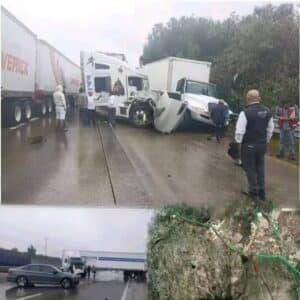While digging a trench on his remote property, a farmer made a discovery that left him frozen in place.
He had rented a powerful excavator to install a gas line and save on electricity. The ground was soft, ideal for digging—but suddenly, about five feet down, the machine hit something solid. Afraid of damaging the equipment, the farmer shut it off and grabbed a shovel.
At first, he thought it was a boulder. But as he dug deeper, it didn’t feel like rock—it was smooth, curved, and strangely symmetrical.
Two hours later, he stood in shock: it was a massive bone. Then another. Then the outline of a skull, long jaw, and hollow sockets.
Neighbors joined him in digging, and what emerged was unmistakable—a nearly intact woolly mammoth skeleton, perfectly preserved in the cold earth.
The farmer called a university, and the next day a paleontology professor arrived with students. The professor was thrilled—this was a rare find, over 20,000 years old, likely buried in a flood.
But just as plans were made to transfer the bones to a museum, the farmer surprised everyone.
“No,” he said quietly. “It was found on my land. It stays here.”




